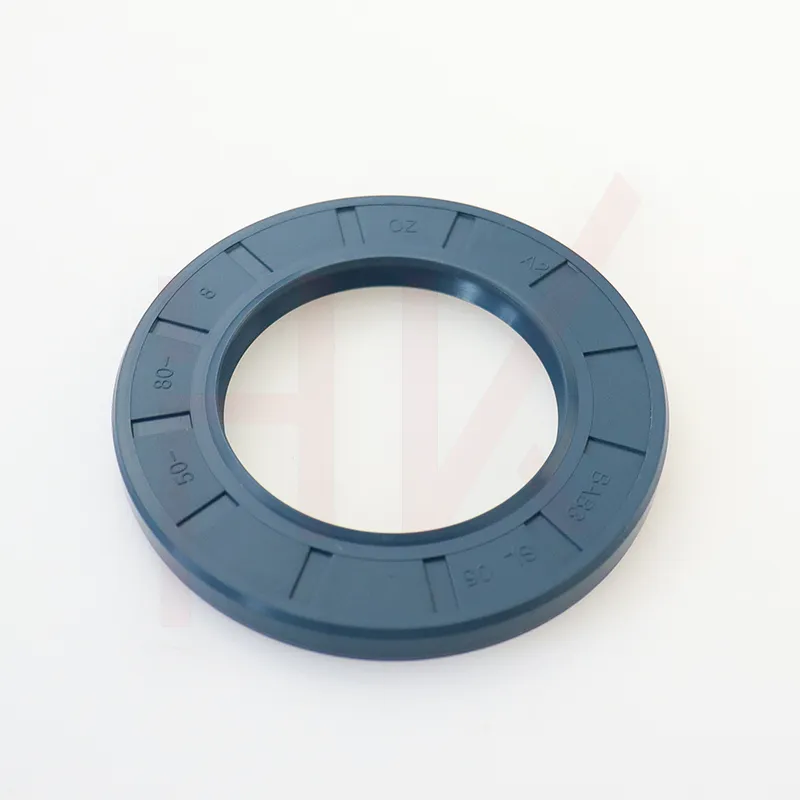Sep . 25, 2024 12:56 Back to list
Replacing Pump Seal Kits for Improved Performance and Longevity
Pump Seal Kit Replacement Ensuring Optimal Performance
Pumps are vital components in many industrial and residential applications, used to transfer fluids effectively and efficiently. However, over time, seals within these pumps can wear out, leading to leaks, reduced performance, and ultimately, costly downtime. A pump seal kit replacement is essential for maintaining the integrity and functionality of your pump system. This article outlines the importance of regular maintenance, the components of a seal kit, and the steps for successful replacement.
Importance of Pump Seal Maintenance
The seals in a pump serve as barriers that prevent fluid leaks, protect internal components, and ensure that the pump operates at peak efficiency. As wear and tear occur due to factors such as high pressure, temperature fluctuations, and chemical exposure, the seals can degrade. When this happens, owners may experience increased operational costs, decreased efficiency, and a higher likelihood of equipment failure. Thus, regular inspections and timely seal kit replacements are crucial in extending the lifespan of the pump and reducing maintenance expenses.
Components of a Seal Kit
A typical pump seal kit contains various components designed to work together to provide a reliable sealing solution. Common parts include
1. O-rings These rubber rings create a tight seal between two surfaces, preventing leaks. 2. Mechanical seals These are advanced sealing solutions that consist of two flat surfaces that face each other, providing a secure barrier against fluids. 3. Lip seals Often used in conjunction with other seals, lip seals help to keep lubricants in while keeping contaminants out. 4. Gaskets These flat seals fill spaces between mating surfaces to prevent leakage.
Selecting the right seal kit for your specific pump model is crucial. Always consult the manufacturer's specifications and guidelines when purchasing replacement parts.
Steps for Seal Kit Replacement
pump seal kit replacement

Replacing a pump seal kit can be a straightforward process if you follow the correct steps
1. Preparation Ensure you have the necessary tools, including wrenches, screwdrivers, and safety equipment. Gather the new seal kit components. 2. Drain the Pump Before starting, turn off the pump and safely drain any remaining fluid to avoid spills and hazards.
3. Disassemble the Pump Carefully remove the outer casing and any components blocking access to the seals. Keep track of the order of disassembly for reassembly.
4. Remove Old Seals Take out the worn seals, making sure to clean the sealing surfaces to remove any debris or old seal material.
5. Install New Seals Insert the new seals from the kit into their respective positions, ensuring they are seated correctly and without damage.
6. Reassemble the Pump Carefully put the pump back together, following the order you noted during disassembly. Tighten all screws and bolts to the manufacturer's specifications.
7. Test the Pump Once reassembled, run the pump to check for leaks and ensure it operates smoothly.
Conclusion
A pump seal kit replacement is crucial for optimal pump performance. By understanding the importance of seals, knowing the components involved, and following proper replacement procedures, you can help prolong the life of your pump and maintain efficient operation. Regular maintenance and timely replacements will save money and enhance the reliability of your fluid transfer systems.
-
TCN Oil Seal Metal Ring Reinforcement for Heavy Machinery
NewsJul.25,2025
-
Rotary Lip Seal Spring-Loaded Design for High-Speed Applications
NewsJul.25,2025
-
Hydraulic Cylinder Seals Polyurethane Material for High-Impact Jobs
NewsJul.25,2025
-
High Pressure Oil Seal Polyurethane Coating Wear Resistance
NewsJul.25,2025
-
Dust Proof Seal Double Lip Design for Construction Equipment
NewsJul.25,2025
-
Hub Seal Polyurethane Wear Resistance in Agricultural Vehicles
NewsJul.25,2025
-
The Trans-formative Journey of Wheel Hub Oil Seals
NewsJun.06,2025
Products categories
















